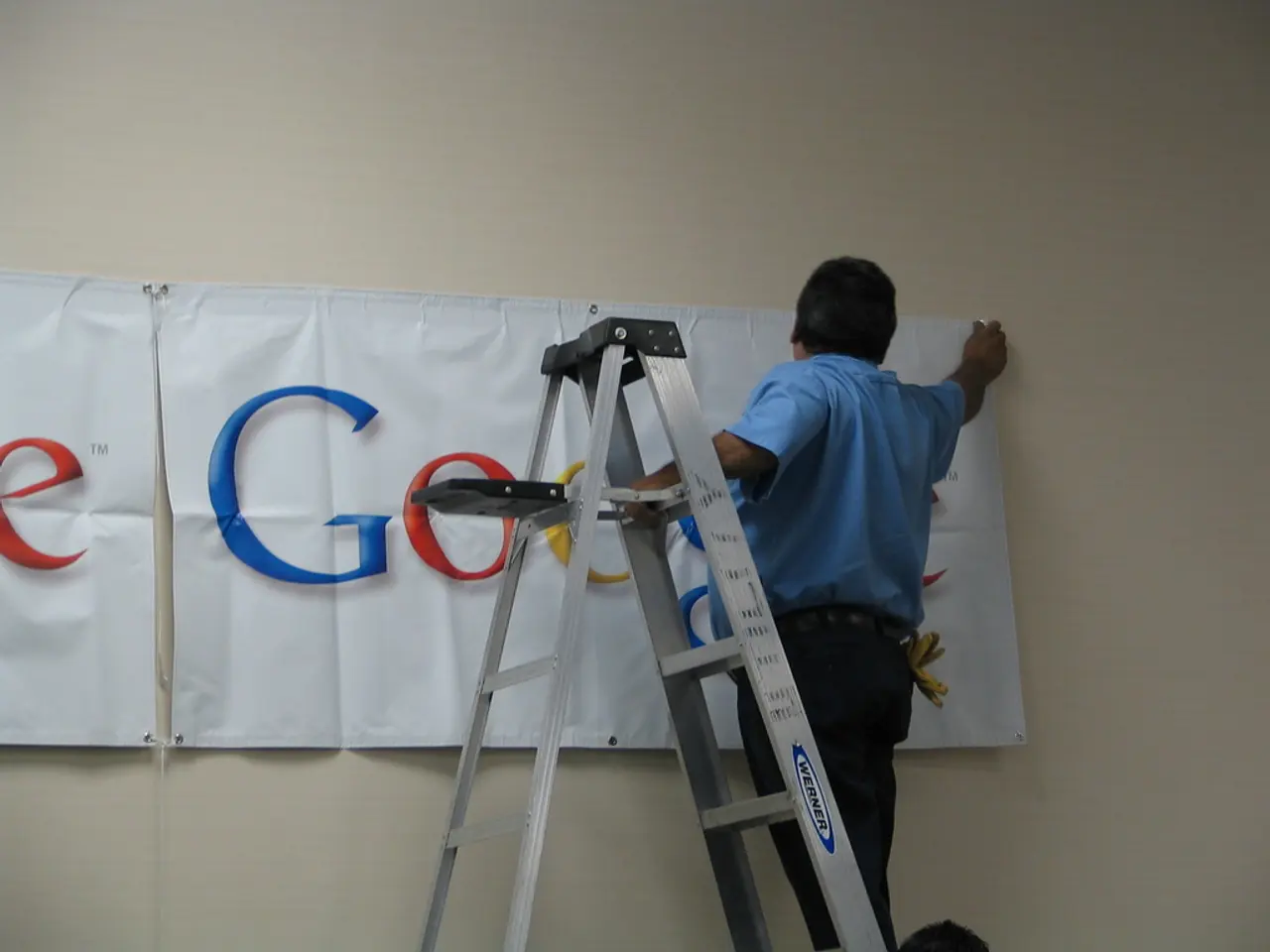Understanding Google Search Partners: Their Significance Explained
In the digital marketing landscape of 2021, utilising Google Search Partners within AdWords campaigns presents a mix of benefits and drawbacks, requiring strategic approaches to evaluate its performance effectively.
The Pros of Using Google Search Partners
One significant advantage of Google Search Partners is the extended reach. This network includes various non-Google websites, such as other search engines and large sites with search functionality, which helps advertisers tap into a broader audience beyond Google’s main search engine.
Another advantage is the potential for increased impressions and clicks. Incorporating partners can boost the volume of impressions and clicks, possibly driving more traffic and conversions at a potentially lower cost-per-click (CPC), as competition on partner sites may be less intense than on Google itself.
Lastly, Search Partners can supplement traffic from Google Search, helping campaigns reach audiences in slightly different contexts or demographics that frequent partner sites.
The Cons of Using Google Search Partners
Despite these advantages, there are also potential downsides to consider. For instance, traffic from Search Partners can sometimes be less relevant or have poorer engagement metrics compared to Google Search itself, leading to possibly wasted ad spend.
Another challenge is the lack of control and transparency. Historically, Google does not provide granular reporting specific to Search Partners, making it difficult to analyse how much of your performance comes from these sites or to optimise separately for them.
Lastly, since Search Partners can vary widely in quality, impressions may be uneven, and the returns on investment may not always justify inclusion.
How Marketers Can Effectively Analyse Search Partners Performance
Given Google Ads' limited reporting on Search Partners' performance, marketers must use indirect methods to gauge its value:
- Segmentation by Network: In Google Ads, segment your campaign performance by “Network (with search partners)” to compare metrics from Google Search vs Search Partners. This will show impression share, clicks, CTR, and conversions attributable to partner sites.
- Use Conversion Tracking & Analytics: Employ robust conversion tracking and integrate Google Analytics to monitor user engagement, bounce rate, and conversion rates from traffic sources tagged as coming from Search Partners.
- Run Experiments: Create campaign or ad group experiments that toggle Search Partners on or off to directly measure differences in cost, traffic volume, and conversions.
- Evaluate Cost vs Conversion: Closely monitor CPC, conversion rates, and cost per conversion for Search Partners segments. If the ROI is underperforming, consider excluding Search Partners at the campaign or ad group level to focus budget on Google Search.
- Optimise Keyword and Ad Copy Relevance: Ensure tightly themed campaigns and relevant ad copy to try to improve quality of traffic from all networks, including partners.
Context and Additional Insights
- Google Keyword Planner allows filtering by search network (Google only, or Google + Partners), supporting keyword and bid strategy adjustments to accommodate differences between Google Search and Search Partners dynamics.
- Marketers have found that Search Partners traffic typically displays lower Quality Scores and engagement, making robust segmentation and testing crucial.
- Since direct Search Partners reporting is limited by Google, advertisers often rely heavily on comparative testing and broader analytics data to make informed decisions.
In summary, Google Search Partners can boost reach and volume but may compromise traffic quality and transparency. Marketers should use segmentation, conversion tracking, and experiments to assess the impact and optimise campaigns accordingly, turning data-driven insights into strategic inclusion or exclusion of Search Partners.
- Marketers should be aware that Google Search Partners can offer an extended reach, allowing advertisers to tap into a broader audience beyond Google’s main search engine.
- Incorporating Search Partners can potentially lead to increased impressions and clicks, driving more traffic and conversions at a lower cost-per-click (CPC), as competition on partner sites may be less intense.
- However, traffic from Search Partners can sometimes be less relevant or have poorer engagement metrics compared to Google Search itself, potentially leading to wasted ad spend.




